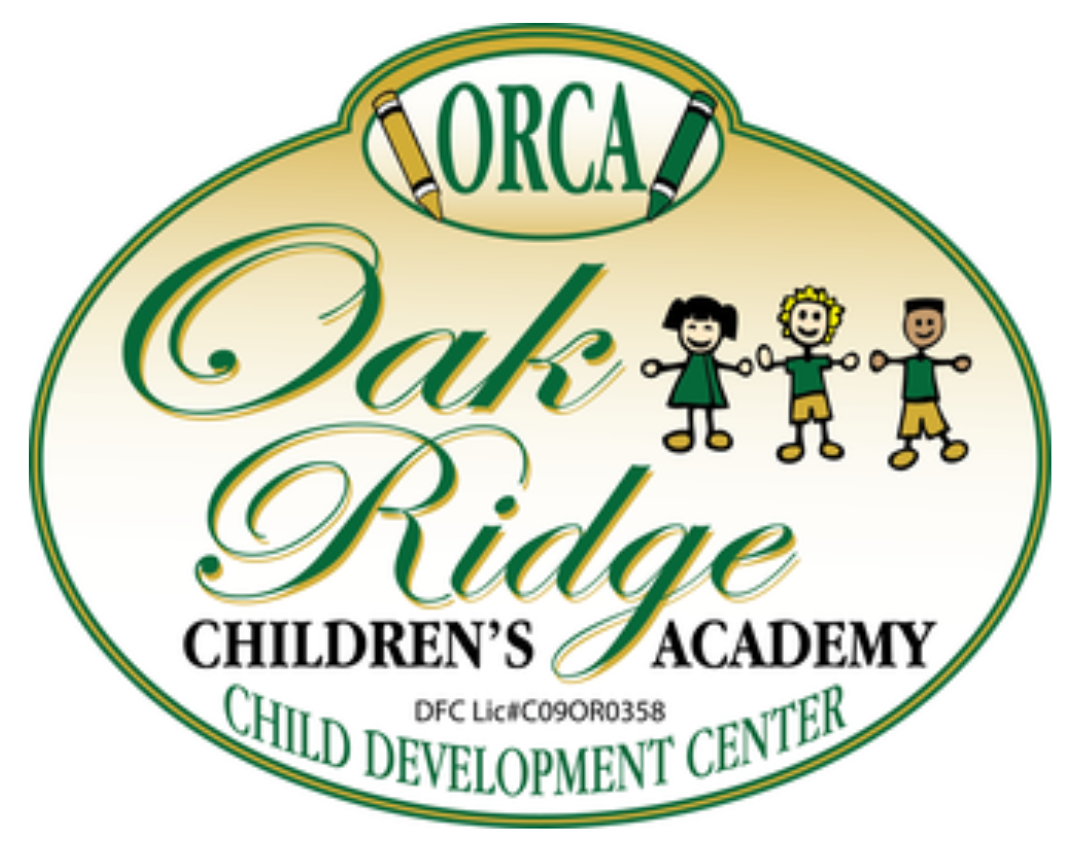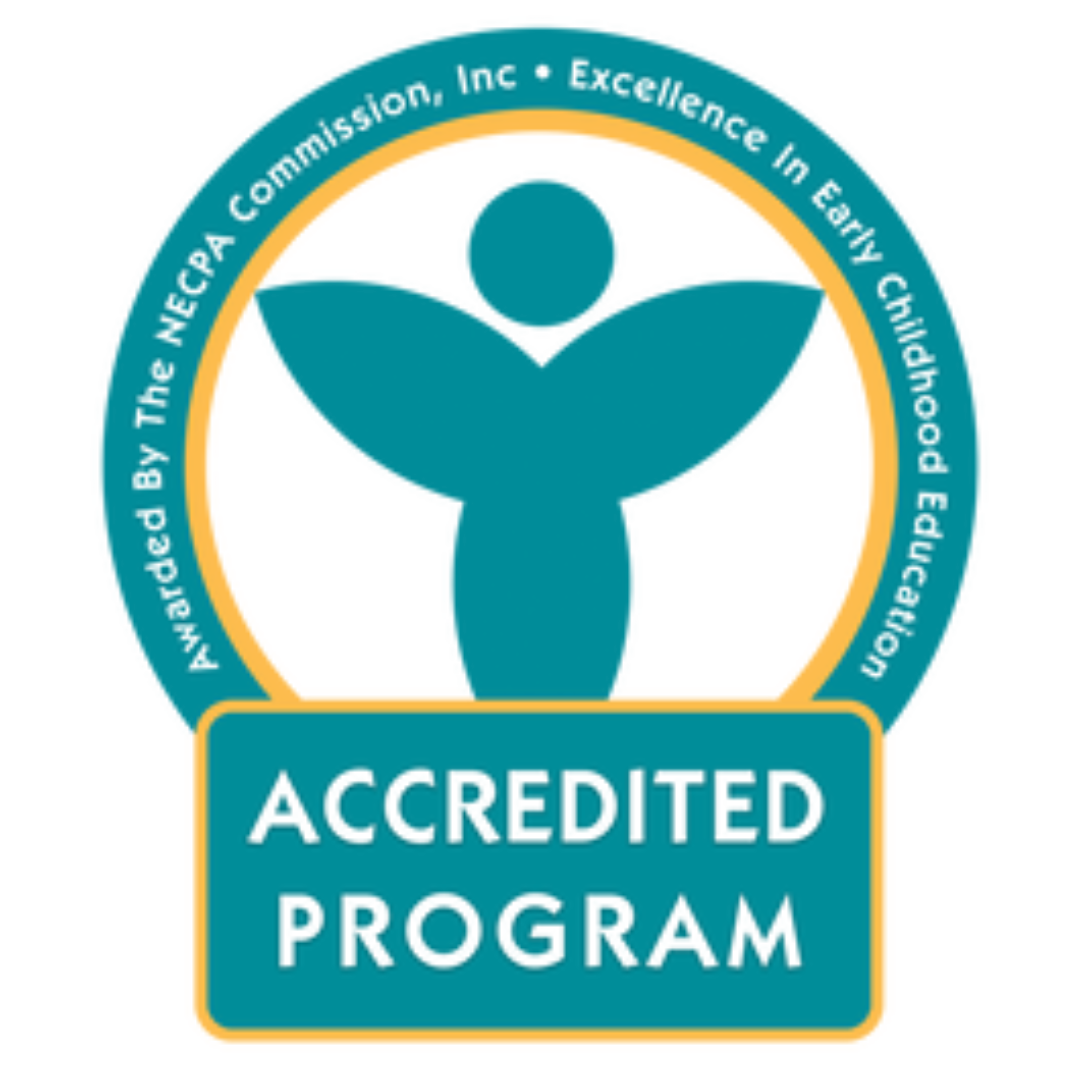How to Secure Your Child’s Spot in a Top Orlando Childcare Program
February 18, 2025

If you’re a parent in Orlando looking for
quality childcare, you already know one thing—spots fill up FAST.
Whether you’re looking for full-time care, part-time care, or a preschool program, the best childcare centers in Orlando often have waitlists. And if you wait too long, you could be stuck scrambling for a backup option.
But don’t worry—we’ve got you! Here’s how to lock in your child’s spot before it’s too late.
1. Start Your Search Early (Like, Yesterday!)
Start looking for childcare at least 3-6 months before you need it (even earlier if you’re enrolling an infant). Some programs accept registrations a year in advance, so don’t wait!
2. Make a List of Your Top Choices
Not all childcare centers are the same. Some focus on early learning, while others provide more play-based care. Some have year-round enrollment, and others follow the school calendar.
Ask yourself:
- Do I need full-time or part-time care?
- Do I want an educational curriculum or more flexible care?
- What’s my budget?
- What’s the center’s schedule (year-round or seasonal)?
- How far am I willing to commute?
Once you have a clear idea of what you need, start researching "best childcare near me" to find programs that match your preferences.
3. Tour & Ask the Right Questions
A Google search can only tell you so much. The real test? Visiting in person.
When touring a childcare center, check for:
- Clean, safe, and welcoming spaces
- Engaging activities and learning materials
- Happy kids who seem comfortable and engaged
- Teachers who interact with kids in a warm, supportive way
And don’t be afraid to ask:
- What’s your enrollment process?
- Do you have a waitlist? If so, how long is it?
- What’s your teacher-to-child ratio?
- What’s included in tuition (meals, supplies, activities)?
- What’s your policy on sick days and holidays?
The more you know now, the fewer surprises you’ll have later.
4. Get on the Waitlist ASAP
If your first-choice daycare is full, don’t panic—get on the waitlist! Many parents enroll their kids months ahead, so spots do open up as families change plans.
5. Secure Your Spot
Once you find the perfect fit, lock in your child’s spot by completing the paperwork and paying any necessary deposits or registration fees.
Some centers allow you to hold a spot for a future start date, so ask if you can reserve now even if your child isn’t starting right away.
6. Finalize Details & Prepare for the First Day
Once you’re enrolled, make sure you:
- Confirm your child’s start date
- Gather any required documents (immunization records, emergency contacts, etc.)
- Read through the parent handbook so you’re familiar with policies
- Start prepping your child for the transition (especially if it’s their first time in daycare)
Spring enrollment is happening now, and summer/fall spots are filling fast—so don’t wait!
Need a Top Orlando Childcare Program? We’ve Got You!
At our program, we offer:
Contact Us
🏫 A safe, nurturing environment
📚 Educational play-based learning
🥗 Healthy meals and snacks
👩🏫 Caring, experienced teachers
⏳ Spots are filling up—don’t miss out! Enroll today! 🚀

Choosing the right preschool for your child is one of the most important decisions you'll make in their early years. Preschool is more than just a place where children learn letters, numbers, and colors. It’s a foundational stage that shapes social skills, emotional growth, and a love for learning. With so many options available, it’s essential to know what separates a high-quality preschool from the rest. At Oakridge Children’s Academy, we understand how significant this decision is for parents. That’s why we’ve created this comprehensive guide to help you understand what to look for in a high-quality preschool program. 1. A Safe and Nurturing Environment The first and most basic requirement of any preschool program is a safe and nurturing environment. A high-quality preschool should have strict health and safety procedures, secure entrances and exits, and clean, age-appropriate equipment. But safety goes beyond the physical space. It also includes the emotional atmosphere. Children should feel welcomed, supported, and loved. Teachers should demonstrate warmth, patience, and empathy. This type of environment promotes confidence and emotional development, helping children feel secure enough to explore and learn. 2. Qualified and Passionate Educators The quality of a preschool program is directly tied to the quality of its teachers. Look for a school that employs certified early childhood educators who are not only trained in child development but are also passionate about what they do. High-quality preschools often have low teacher turnover rates, which is a sign that staff are supported and valued. Continuity in caregiving helps children build strong, trusting relationships and provides a stable learning environment. Beyond credentials, observe how teachers interact with children. Are they on the child’s level, engaging in meaningful conversation? Do they offer encouragement and gently guide behavior? These are all signs of a high-quality teaching approach. 3. A Balanced Curriculum That Encourages Whole-Child Development Academic readiness is important, but a great preschool program goes further by focusing on the whole child—cognitive, social, emotional, and physical development. A well-rounded curriculum should include: Language and literacy activities Early math and science exploration Social studies and cultural awareness Music and creative arts Physical movement and gross motor development Opportunities for social interaction and emotional learning The curriculum should be play-based yet purposeful. Children learn best through play, especially when it is guided by intentional teaching. Look for classrooms filled with hands-on activities, opportunities for exploration, and projects that encourage creativity and critical thinking. 4. Small Class Sizes and Low Student-to-Teacher Ratios Class size and teacher-to-student ratios play a significant role in the quality of preschool education. Smaller class sizes allow for more individualized attention, better classroom management, and stronger relationships between teachers and students. When teachers have fewer children to care for, they can tailor activities to meet each child’s developmental needs, observe progress more closely, and provide timely support or enrichment. Check your state's licensing standards, but aim for programs that exceed the minimum requirements. This often reflects a commitment to quality and child-centered care. 5. Emphasis on Social and Emotional Learning Preschool is where children first learn how to interact with peers in a structured setting. High-quality programs prioritize social and emotional learning by helping children develop skills like empathy, cooperation, conflict resolution, and self-regulation. Look for evidence of a positive behavioral philosophy. Teachers should model respectful behavior, guide children in resolving conflicts peacefully, and support them in expressing their emotions appropriately. Programs that include mindfulness, emotion-based storytelling, or cooperative games show a deeper understanding of the emotional needs of young children. 6. Strong Family Engagement Families are a child’s first and most important teachers. A preschool program should honor that role and actively include families in the learning process. High-quality preschools maintain open communication with parents through regular updates, parent-teacher conferences, and accessible communication channels like apps, emails, or newsletters. They also provide opportunities for families to be involved in the classroom, attend events, or participate in parent education workshops. This collaboration builds a strong home-school connection that benefits the child’s development and well-being. 7. Well-Designed Learning Environments The physical layout of a preschool can tell you a lot about how it supports learning. Classrooms should be clean, organized, and inviting, with clearly defined learning centers that encourage children to engage in a variety of activities. These learning centers might include areas for reading, art, science, dramatic play, building, and sensory exploration. A high-quality preschool uses these spaces to promote independence and choice while also supporting guided discovery and group learning. Natural light, child-sized furniture, and materials within reach also contribute to a comfortable and developmentally appropriate space. 8. Focus on Health, Nutrition, and Daily Routines Children thrive when their basic needs are consistently met. A great preschool program will have clear routines for meals, rest, and personal hygiene. Healthy snacks and meals should be provided or encouraged, with accommodations for allergies and special dietary needs. Outdoor play is equally important. Daily physical activity is essential for young children’s development and should be a regular part of the schedule, rain or shine. Consistency in routines helps children feel secure and teaches time management, self-care skills, and responsibility. 9. Clear Learning Goals and Assessment Practices While preschool is not about grades or standardized tests, a strong program should have clear goals for what children are expected to learn and how progress is monitored. Teachers should observe children regularly, take notes, collect work samples, and use child-friendly assessments to gauge development. These insights help tailor instruction and support individual growth. Parents should be kept informed about their child’s progress and involved in setting goals. A program that communicates what your child is learning and how they are developing provides transparency and peace of mind. 10. Positive Reputation and Accreditation Finally, word of mouth and third-party validation can help you evaluate a preschool’s quality. Ask other parents about their experiences. Look for reviews, testimonials, and any awards or recognitions the school may have received. Accreditation from reputable organizations such as the National Association for the Education of Young Children (NAEYC) is another indicator of quality. Accredited programs meet higher standards for curriculum, safety, teacher qualifications, and family engagement. You can also look for a program that is licensed by the state and has consistently met or exceeded regulatory requirements. Why It Matters Preschool is a critical period in a child’s development. During these early years, children form the cognitive and social foundations that will support them for a lifetime. A high-quality preschool doesn’t just prepare your child for kindergarten—it helps them develop a love of learning, build meaningful relationships, and grow into confident, curious individuals. When parents invest time in selecting the right preschool, they give their children the best possible start. It’s not just about finding a safe place for childcare. It’s about discovering a nurturing, enriching environment where children thrive. At Oakridge Children’s Academy, we are committed to offering families a high-quality early education experience that meets and exceeds the standards outlined above. Our dedicated staff, engaging curriculum, and strong family partnerships create a joyful, developmentally appropriate learning community where every child can shine. If you’re currently searching for the right preschool for your child, we invite you to visit Oakridge Children’s Academy. Come see for yourself what makes our program special. We would be honored to be part of your child’s learning journey.

Getting your little one ready for daycare this winter? We share practical tips for Florida parents, from dressing in layers for unpredictable weather to boosting your child’s immune system. Learn how to pack smart, establish routines, and handle the inevitable germs like a pro. This guide has everything you need to make daycare a smooth and stress-free experience!

Choosing the right childcare can feel overwhelming, but it doesn’t have to be! We break it down step by step—from defining your priorities to asking the right questions during a tour. Whether you’re considering daycare centers, in-home care, or nannies, this guide will help you find a safe, nurturing place where your child can thrive. You’ve got this!

Not sure when to enroll your little one in childcare? You’re not alone! We break down the pros and cons of starting childcare at different stages—from infant care to preschool. Whether you’re heading back to work or your child is ready for new adventures, this guide will help you make the best decision for your family. 💛

Discover the unique advantages of enrolling early in the year! Starting in winter allows children a smoother transition, with quieter classrooms and more individualized attention. From building social skills to preparing for academic success, early enrollment offers countless developmental benefits that lay the foundation for lifelong learning. Dive into why winter might be the perfect season to kickstart your child’s educational journey.





